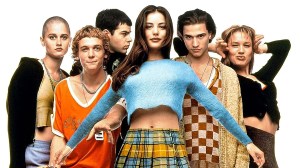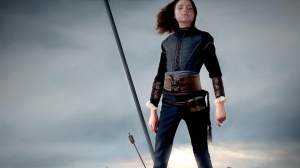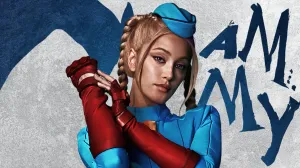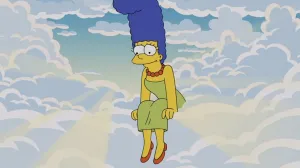Few films are as beloved and rewatched as Back to the Future, a trilogy that made us believe a DeLorean could travel through time and that tampering with the past was no small matter. However, as iconic as it is, even this ’80s classic has its minor flaws – or at least some curious elements that still spark discussion to this day. One of the most notable is the change of actress playing Jennifer Parker, Marty McFly’s (Michael J. Fox) girlfriend, between the first and second films. In the first one, she is portrayed by Claudia Wells, while in Parts II and III, Elisabeth Shue takes over the role. The most amusing part? The change happens without any explanation within the narrative. But, like any good fandom, fans have come up with a theory to explain this – and it’s as clever as it is entertaining.
Videos by ComicBook.com
The theory, widely discussed on Reddit, revolves around one of the central ideas of the story: changes in the timeline. After all, the entire plot of Back to the Future is built on the idea that small actions in the past can have significant repercussions in the future. The logic is simple – Marty prevents his mother from falling in love with him in the 1950s, ensures that his parents stay together, and, as a result, he returns to a 1985 that is completely different from the one he left. His father becomes a successful author, his mother grows more confident, his siblings have better careers, and even the family home is better kept. Even Biff (Thomas F. Wilson) changes, now working as a kind of employee for the family. The world has changed – and a lot.

This is where Jennifer comes into play. While her role in the first film is fairly small, she is clearly Marty’s girlfriend. The issue arises in the second movie, when viewers are faced with a completely different Jennifer – literally. Her face is different, her behavior has shifted slightly, and, best of all, no one in the movie seems to notice. Many fans simply accepted this as a behind-the-scenes change, something they had to live with. But for others, it felt like a gap in the story that required a more imaginative explanation. So, what’s going on?
The fan theory suggests that this change can be seen as a result of the alterations Marty made to the timeline when he traveled to 1955. Since he significantly altered the past, it stands to reason that the events that led him to meet Jennifer, or even the way she grew up and lived her life, would also have changed. The result would be a “different” Jennifer – not in essence, but in appearance and perhaps in subtle changes to her personality. Within the context of the story, this is not only acceptable but even expected. After all, if Marty’s father can go from a shy, submissive man to a successful writer, why wouldn’t Jennifer’s appearance shift too? It makes sense.
[RELATED: This Is the Closest We’ll Ever Get to Back to the Future 4 (And Here’s Where You Can See It)]
The concept of the “butterfly effect” is often taken to the extreme in time travel stories – any small change in the past can send ripples through the future, both large and small. Some fans suggest that Marty simply accepted this shift, which is why he didn’t react to Jennifer’s new appearance. Others bring in a more scientific approach, proposing the idea of “adaptive molecular memory,” as if a time traveler’s brain, when crossing dimensions and alternate realities, is automatically reprogrammed to accept slight variations in the present.
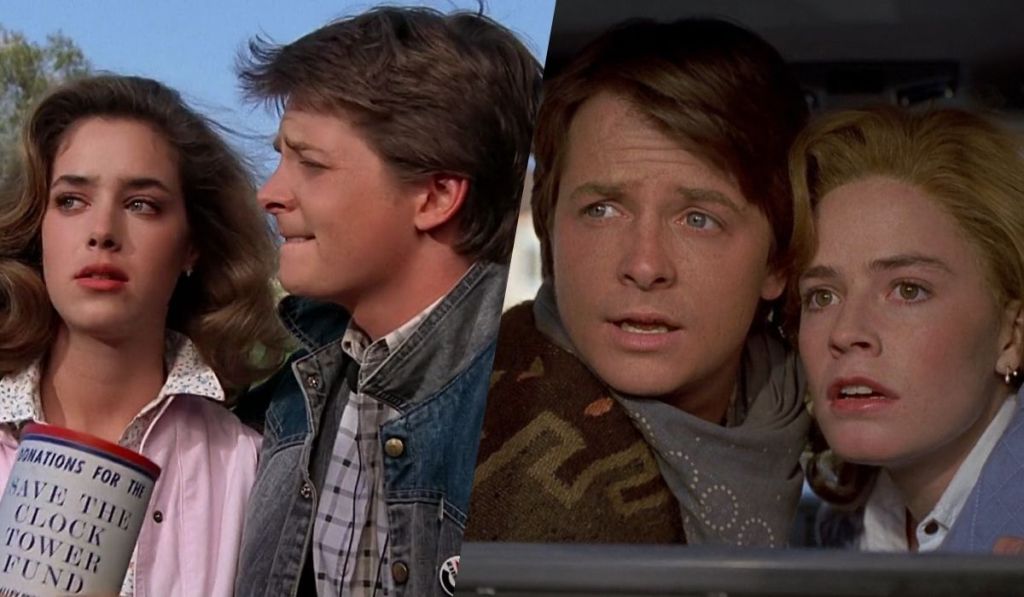
It’s worth noting that, outside the story, the change happened because Wells had to step away from acting for personal reasons – her mother was ill, and she chose not to return for the sequels. Shue, already a familiar face to audiences, was cast in her place. The production chose not to address the change directly, and it’s likely they didn’t expect fans to question something that seemed so technical. But underestimating the fanbase is always a mistake.
Interestingly, Wells herself, in later interviews, acknowledged the theory with good humor, admitting that she thought it was a plausible explanation within the Back to the Future universe. Besides, Doc Brown (Christopher Lloyd) always warned that messing with the past could have unpredictable consequences. And if those consequences include a change in Jennifer’s appearance, that fits within the established rules of time travel.
Ultimately, this theory not only resolves one of the trilogy’s most peculiar and funniest moments – it also adds depth to the story’s universe. Instead of treating the casting change as a simple oversight or behind-the-scenes decision, it turns it into further evidence of just how delicate and malleable time travel can be.
The Back to the Future trilogy is available to stream on Prime Video.


